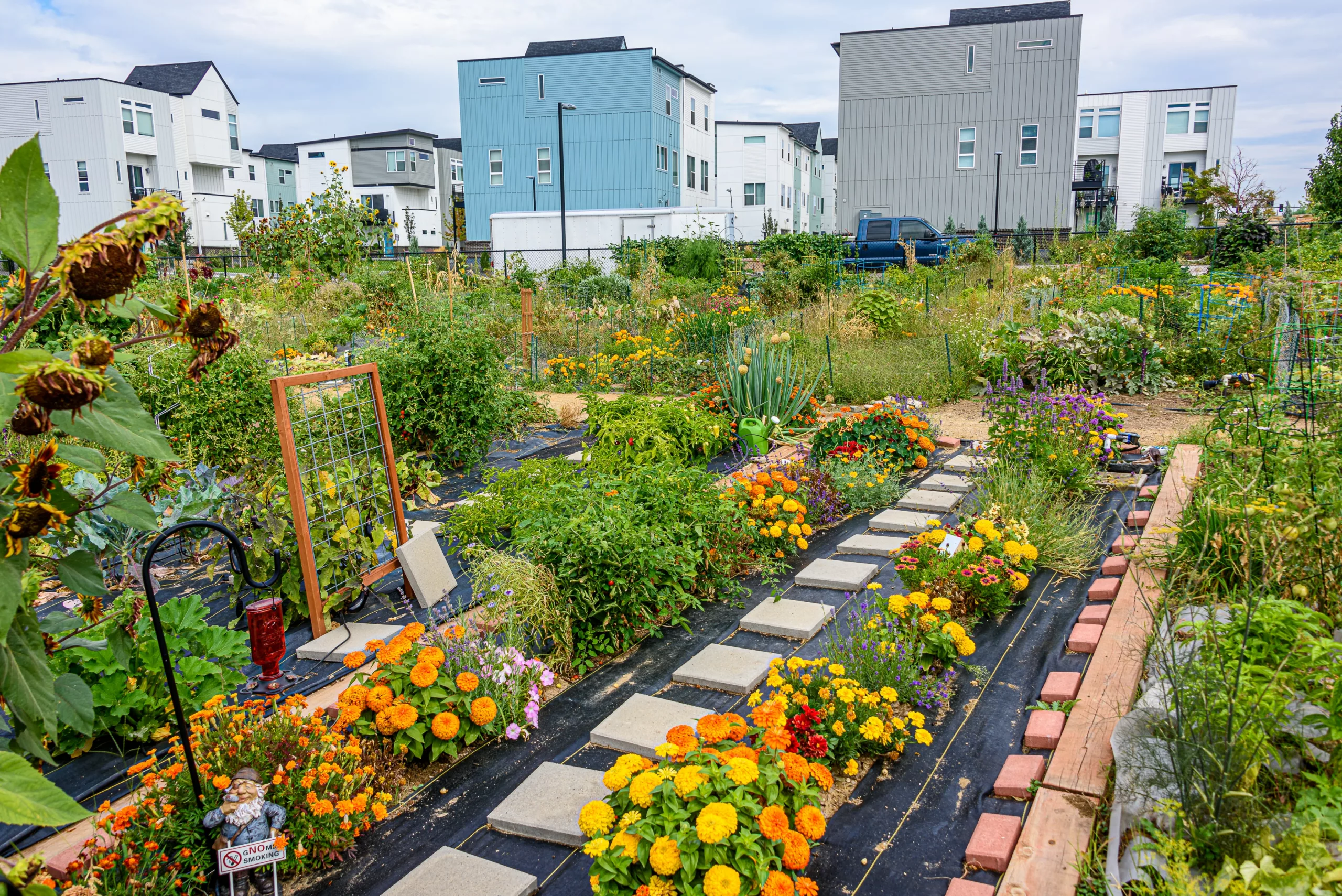Companion planting is the practice of strategically placing plants together in the garden to foster mutual benefits, such as improved growth, increased yield, and natural pest control. This age-old gardening technique not only enhances the beauty and productivity of your garden but also promotes ecological balance. In this post, we’ll explore the benefits of companion planting and share some tips and popular plant pairings to get you started.
Benefits of Companion Planting
Companion planting offers numerous advantages for your garden, including:
- Pest control: Certain plants repel harmful insects, while others attract beneficial insects that prey on pests.
- Improved soil health: Some plants, such as legumes, fix nitrogen in the soil, providing essential nutrients for neighboring plants.
- Enhanced pollination: Planting flowers among your vegetables can attract pollinators, increasing the yield of your fruiting plants.
- Natural support: Tall plants can provide shade and support for smaller, more delicate plants.
- Increased biodiversity: A diverse planting arrangement can create a more balanced and resilient garden ecosystem.
Tips for Successful Companion Planting
To get the most out of your companion planting efforts, keep these tips in mind:
- Research plant pairings: Learn which plants benefit each other and avoid pairings that can be detrimental to one or both plants.
- Consider plant spacing: Be mindful of each plant’s space requirements to ensure they have enough room to grow and thrive.
- Rotate crops: Rotate your plantings each season to prevent the build-up of pests and diseases and maintain soil health.
Popular Companion Plant Pairings
Here are a few tried-and-true companion plant pairings to help you get started:
- Tomatoes and basil: Basil is said to improve the flavor of tomatoes while also repelling pests like whiteflies and aphids.
- Carrots and onions: The strong scent of onions can repel carrot flies, while carrots deter onion flies and leek moths.
- Cabbage and dill: Dill attracts beneficial insects like wasps and ladybugs that prey on cabbage pests, such as cabbage worms and loopers.
- Beans and corn: Corn provides a natural trellis for beans to climb, while beans fix nitrogen in the soil to benefit corn.
- Lettuce and sunflowers: Sunflowers provide shade for heat-sensitive lettuce, keeping it cool and protecting it from bolting in hot weather.
By incorporating companion planting into your gardening practices, you can create a more harmonious and productive garden. Start with a few simple pairings and observe the interactions between your plants. As you gain experience and confidence, you can experiment with more complex planting arrangements to create a truly thriving garden ecosystem.
Join Our Gardening Newsletter for More Tips
If you enjoyed reading this, don’t hesitate to subscribe to our newsletter for a wealth of gardening knowledge and insights. Stay up-to-date on the latest gardening trends, tips, and know-how, and make your green thumb even greener.



